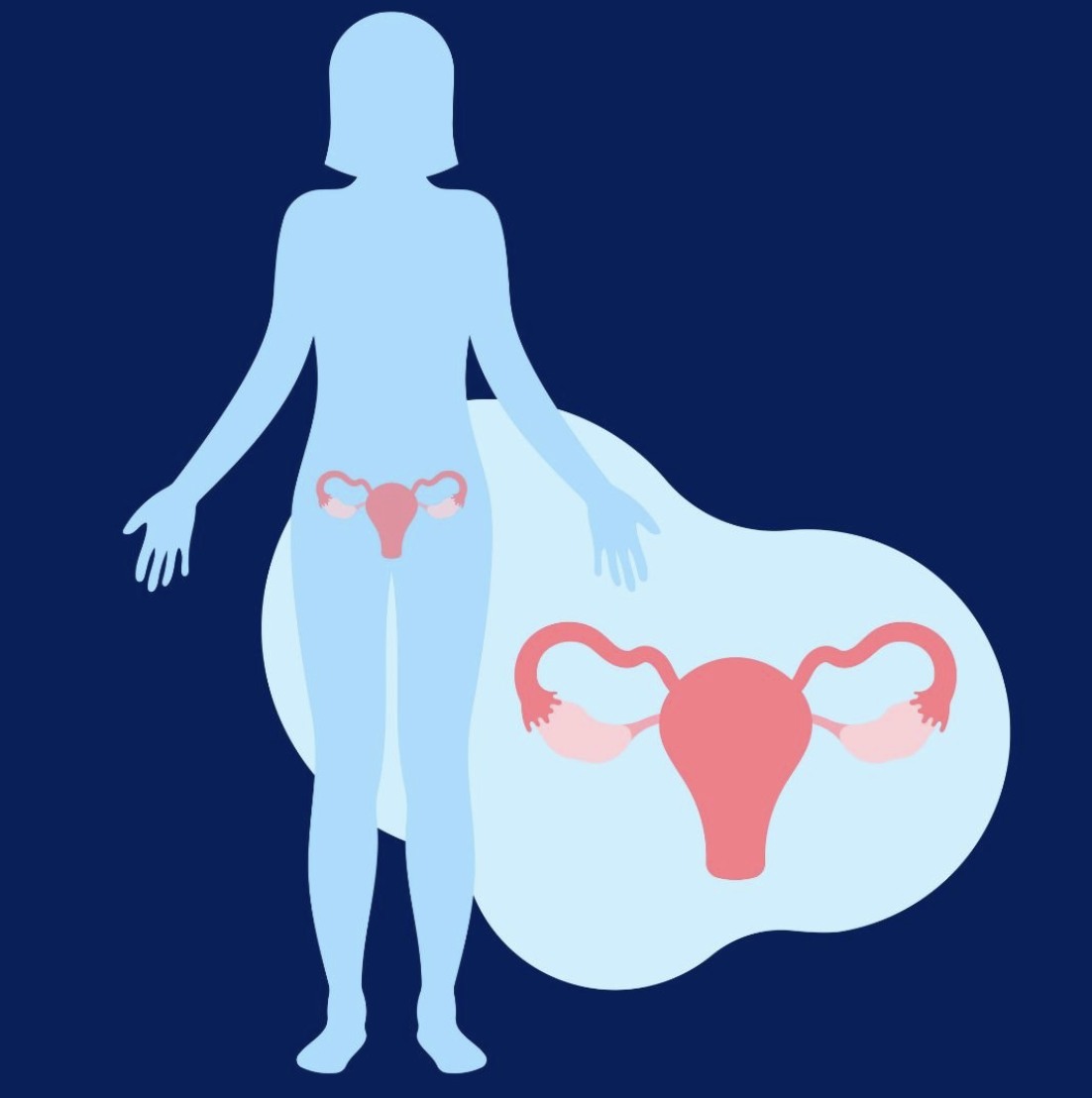What Is A Myomectomy?
A myomectomy is a surgical procedure that removes fibroids, which are benign tumors that grow in the uterus.
These fibroids can range in size from small and unnoticeable to large and painful masses that interfere with normal bodily functions. The primary goal of this surgery is to remove fibroids while keeping the uterus intact.
Myomectomies can be performed in different ways, depending on the specific condition being addressed and the patient's individual needs.
There are several types of myomectomies:
Abdominal Myomectomy
Also known as an open surgery, an abdominal myomectomy involves the surgeon creating an incision on the lower abdomen to access the uterus and remove the fibroids. This method is usually preferred in cases where the fibroids are large or numerous.
Laparoscopic Myomectomy
In this minimally invasive technique, the surgeon makes small incisions and uses a laparoscope, a thin tube with a camera, to view the operation area. Small instruments are used to remove the fibroids. The procedure is typically suitable for removing fewer, smaller, and exterior fibroids.
Hysteroscopic Myomectomy
This procedure involves the use of a hysteroscope, a thin, lighted telescope that is inserted into the uterus through the vagina and cervix. It is primarily used to remove fibroids that protrude into the cavity of the uterus.
Reasons for having a myomectomy:
Fibroids
Fibroids, despite being noncancerous growths, can bring about severe discomfort and health issues. The choice of opting for a myomectomy often stems from the desire to alleviate these symptoms and improve the quality of life. Here are some common reasons women might choose to undergo a myomectomy:
Heavy Menstrual Bleeding
Fibroids may cause abnormally heavy or prolonged menstrual bleeding, leading to anemia and fatigue.
Pelvic Pain & Pressure
Depending on their size and location, fibroids can cause significant pelvic pain and pressure.
Impaired Fertility & Pregnancy Problems
Uterine fibroids, especially large ones, can hamper fertility by altering the shape and size of the cervix or uterus. They may also obstruct the fallopian tubes or interfere with blood flow to the uterus, preventing the implantation of a fertilized egg.
Urinary and Bowel Problems
Large fibroids could press against the bladder, leading to frequent urination, or the rectum, causing rectal pressure or even difficulty with bowel movements.
Polyps or Endometriosis
A hysteroscopic myomectomy isn't only used to remove fibroids but also to take out polyps or to review cases of suspected endometriosis.



